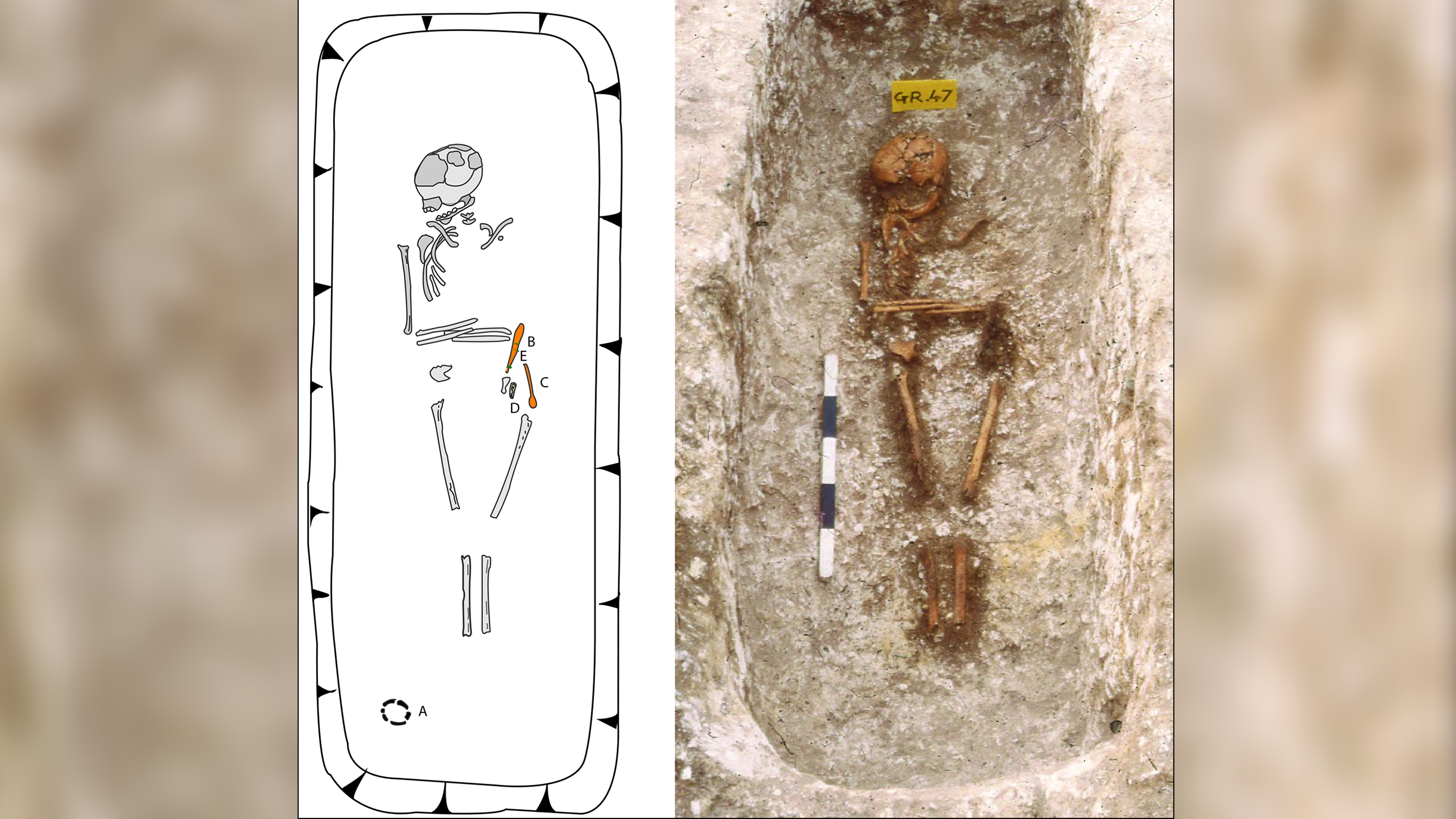
Human hands may have evolved their unique shape in order to better punch the living daylights out of competitors, a new study suggests.
The new findings, published today (Dec. 19) in the Journal of Experimental Biology, show that the clenched fist produces no more force than an open-palm slap, but protects the fingers better. Human's unique hand shape is one of only a few possible configurations that allow an organism to have both manual dexterity and the ability to brutally club opponents, the study reveals.
"Once hands are no longer used in locomotion there could have been many different ways to manipulate and many different ways to punch," said Milford Wolpoff, a paleo-anthropologist at the University of Michigan, who was not involved in the study. "A hand that does both is really limited in its morphology."
The hand shape essentially turns "this relatively delicate musculoskeletal system into an effective club," said study co-author David Carrier, an evolutionary biologist at the University of Utah. [10 Things That Make Humans Special]
Swinging ancestors
This isn't the first time Carrier has argued that humans evolved to fight. Last year he published research suggesting that humans became bipedal to better land crushing blows.
"If you stop and look at what we know about the other species, we're a relatively violent group of mammals," Carrier told LiveScience.
Get the world’s most fascinating discoveries delivered straight to your inbox.
Humanity's ancient ancestors swung from the trees, which meant they needed long fingers for grasping branches. But once Australopithecus afarensis like the famous "Lucy" began walking on two legs between 3.8 million and 2.9 million years ago, their hands were free to evolve improved dexterity. That fueled rapid changes in the human hand, Carrier said.
Yet while chimpanzees also live a terrestrial lifestyle and use their hands for many tasks, they have longer fingers and a scrawny thumb, leading Carrier and his colleagues to wonder whether male aggression played a role in the hand's evolution.
Hurting hands
To find out, the researchers measured the force produced as 12 experienced male boxers and martial artists whacked a punching bag as hard as they could, either with an open palm or a clenched fist.
Surprisingly, both methods produced the same level of maximum force. But the clenched fist delivered that same force to a smaller surface area, meaning it could inflict more tissue damage and be likelier to break bones.
That suggested people use a clenched fist for punching in order to maximize bodily damage to their opponents, not to maximize the force they can produce.
Next, the researchers measured the force generated as participants pushed their hands against a surface in different configurations — one in which the fist was clenched and two others with the thumb sticking out.
The clenched fist could support much more of each participant's body weight without causing the index and third finger to overextend.
The clenched fist, it turns out, "locks the index finger and the middle finger into place, and that's what makes the fist so stiff," Carrier said. The configuration prevents people from injuring their hands while dealing deadly blows, he said.
The team also found that other possible hand shapes, more similar to those found in humans' close relatives, could be equally dexterous but not as deadly.
Built for bruising
The fighting hands, in turn, may have led to even more fighting.
"Once that selection for climbing went away, there may also have been this selection for physical fighting — particularly in males. And these proportions would have increased how dangerous an individual was in those fights," Carrier said.
As a follow-up, the team wants to study whether differences in women and men's hands (women in general have a longer index finger) potentially make women more dexterous and men more dangerous.
Follow LiveScience on Twitter @livescience. We're also on Facebook & Google+.

Tia is the managing editor and was previously a senior writer for Live Science. Her work has appeared in Scientific American, Wired.com and other outlets. She holds a master's degree in bioengineering from the University of Washington, a graduate certificate in science writing from UC Santa Cruz and a bachelor's degree in mechanical engineering from the University of Texas at Austin. Tia was part of a team at the Milwaukee Journal Sentinel that published the Empty Cradles series on preterm births, which won multiple awards, including the 2012 Casey Medal for Meritorious Journalism.
